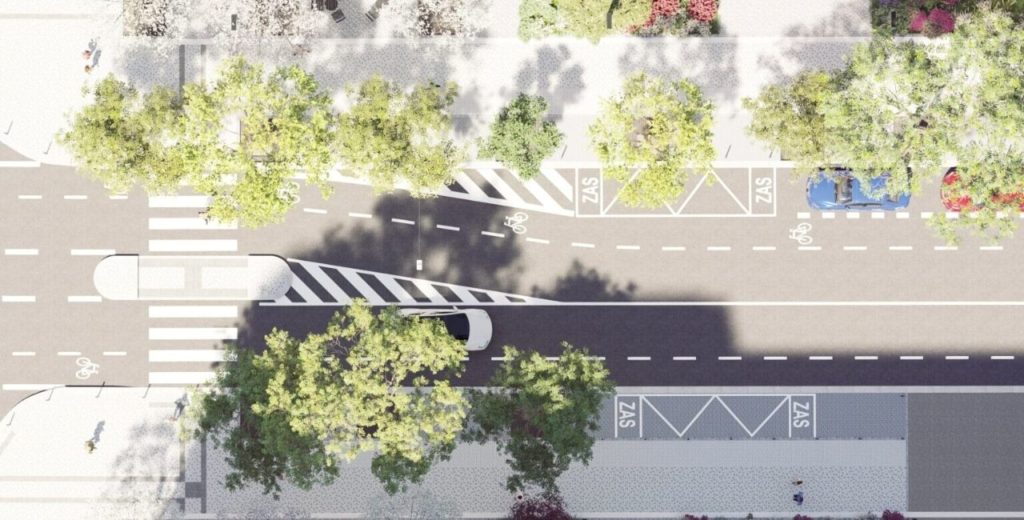U.S. financial services firm Moody’s has upgraded the Czech Republic’s economic rating outlook from negative to stable, citing reduced risk linked to Russian gas supplies.
The country’s shift to alternative gas sources and lowered gas demand by households and businesses contributed to this change.
In August, the Czech Republic agreed to buy the main Czech gas storage company RWE Gas Storage CZ to bolster energy security, and in May signed a deal to boost capacity along the Transalpine Pipeline and cut off dependence on Russia from 2025.
“The Czech Republic has become independent from Russian gas thanks to an effective substitution of Russian gas and structurally lower demand,” Moody’s said in its statement.
About 98% of the Czech Republic’s gas supply was imported through pipelines from Russia prior to the Russia-Ukraine war, according to the ratings agency.
On Friday, Czech Prime Minister Petr Fiala said he supported Slovakia’s request to continue exports of fuel produced from Russian oil to the Czech Republic beyond a Dec. 5 deadline.
According to Moody’s, fiscal consolidation (policy to reduce debt) of around 2 percent of GDP over two years stabilizes the country’s debt burden.
Furthermore, proposed pension reforms aiming to restrain costs from an aging population have increased Czechia’s rating.
Relatively strong growth dynamics, increasing levels of wealth, a competitive economy, and high-quality institutions also underpin the rating upgrade.
In recent years, Prague has been renewing itself with the reconstruction of certain streets in an attempt to make the city more ecological.
This includes the construction of wider pavements, planting more trees, building new footbridges.
The City of Prague, the Municipal District of Prague 7, the Institute for Planning and Development (IPR Prague), are jointly preparing the transformation of the public space between Letenské sady and Stromovka.
The Korunovační and Nad Štolou streets as well as the Letenský Museum area, i.e. the area near the National Technical Museum and the National Agricultural Museum, will undergo some major changes.
The shape of the district will emerge from a competition to be announced in the spring. So far, Prague 7 has presented the concept study for Korunovační Street by the studio edit! Architects.
“The conceptual study will help us to coordinate individual projects that will change the character of this essential avenue in Letná. The aim is to coordinate the renewal of public infrastructure and other planned improvements. The study is to ensure the coherence of these activities and not to prevent the implementation of one project by another,” said Lenka Burgerová, Deputy Mayor of Prague 7.
The study provides for a ten-metre space on either side of Korunovační Street, functionally divided into three zones: trees, pavements and front gardens.
The design maintains the current number of lanes in both directions. However, the new layout includes pedestrian crossings, increased parking spaces, short-term parking and new safety features.
The area should also be improved for cyclists. “The aim is to simplify and streamline cycling on the street allowing cyclists to safely engage with the pavement, especially due to the presence of a primary school and two kindergartens on Na Výšinách Street,” said one of the study’s authors, Šimon Dočekal.
“I am pleased that involving citizens in the planning of Prague is now standard. The Korunovační Concept Study is an important project that thinks not only about pedestrians and cyclists, but the environment too,” said Ondřej Boháč, Director of IPR.
There are also plans to plant new trees outside the main alignment, particularly at the corners of the intersections with Korunovační Street. Similar transformations are being considered in Seifertová Street in Žižkov and in the Florenc district.

Photo: edit! Architects

Photo: edit! Architects

Photo: edit! Architects

